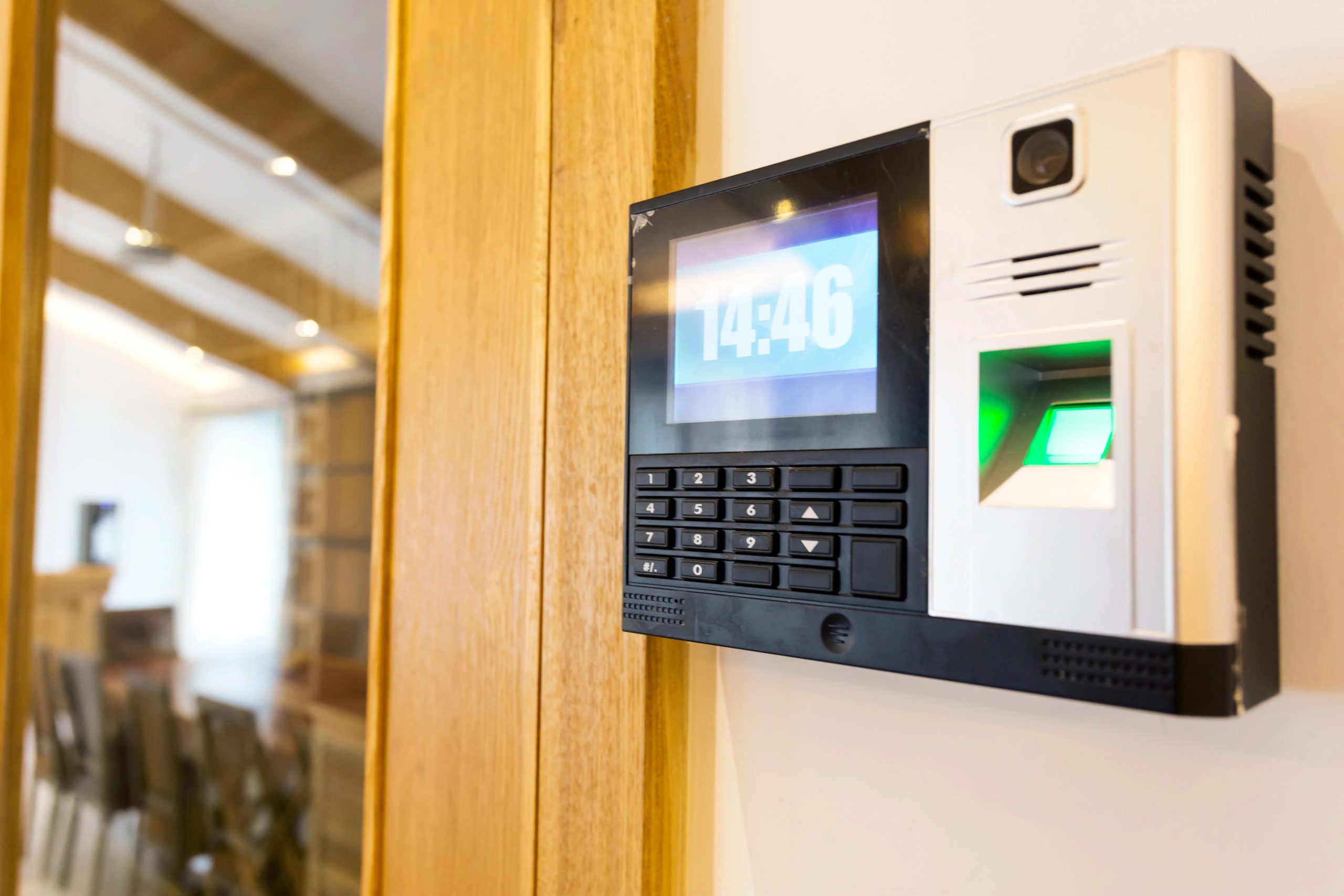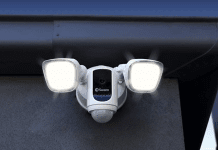Access control: it’s a term that conjures images of locked doors and turnstiles, a fundamental concept where entry to a space is selectively restricted and managed. Historically, this meant keys and locks—simple, yet limited in scope and security.
But as times have changed, so has the technology. The shift from the trusty metal key to sophisticated systems like RFID card dispensers marks a significant leap forward.
In this article, we’ll trace the arc of this evolution, from the rudimentary to the revolutionary, and understand why embracing modern access control parts is not just an option but a necessity in our interconnected world.
The Early Days: Mechanical Locks and Keys
The humble beginnings of access control are rooted in the use of mechanical locks and keys.
These traditional technologies served as the first line of defense against unauthorized entry. Crafted from metal and turned by hand, they were a simple yet somewhat effective means of securing a space.
However, their limitations were apparent: keys could be copied, locks picked, and security compromised.
The growing complexity of the world demanded a more sophisticated approach. This necessity sparked the evolution of access control, steering us towards the more secure and versatile systems we rely on today.
The Digital Leap of Access Control Parts
With the turn of the century came a significant shift in access control: the move from mechanical to electronic. Magnetic card readers emerged as the frontrunners in this digital leap. They revolutionized security by offering more nuanced access rights and tracking capabilities.
Since 2007, Lintechtt has been instrumental in refining this technology. Their commitment to advancing magnetic card readers has not only met but often anticipated market needs, ensuring that with every swipe, users are engaging with a system that is the result of over a decade of focused innovation and expertise
The Rise of RFID
Radio Frequency Identification (RFID) technology marked a significant milestone in access control history. RFID offered a touchless, more secure, and efficient means of entry management compared to the erstwhile magnetic card readers.
With RFID, data encoded in access cards or fobs can be read from a distance, streamlining the flow of people through controlled points. The convenience of not having to physically swipe a card, coupled with the technology’s ability to integrate into broader security systems, showcases the clear advantages RFID holds.
It’s a testament to how technology is constantly reshaping our approach to security, making it both more sophisticated and user-centric.
Integration of Biometrics
The integration of biometric scanners marked a significant leap forward. These devices bolster security by verifying unique personal attributes, such as fingerprints or facial features, ensuring that only authorized individuals gain entry.
Lintechtt harnesses this advanced technology, embedding its proprietary biometric solutions into access control systems. This integration reflects a commitment to innovation, marrying the irrefutable accuracy of biometric verification with the seamless functionality of smart access systems.
It’s a sophisticated dance of technology where convenience meets unwavering security, and Lintechtt is at the forefront, orchestrating every step.
All-in-One Card Dispensers and Smart Systems
As we navigate the modern era, all-in-one card dispensers stand out as marvels of convenience and efficiency. These systems amalgamate multiple technologies — magnetic, RFID, and sometimes biometric — into a singular, streamlined unit.
Final Words
Lintechtt’s offerings in this domain exemplify the apex of access control parts. By harnessing a fusion of these technologies, their products not only simplify the user experience but also fortify security measures.
It is this blend of multifunctionality and innovation that marks Lintechtt’s products as paragons in the access control landscape.










